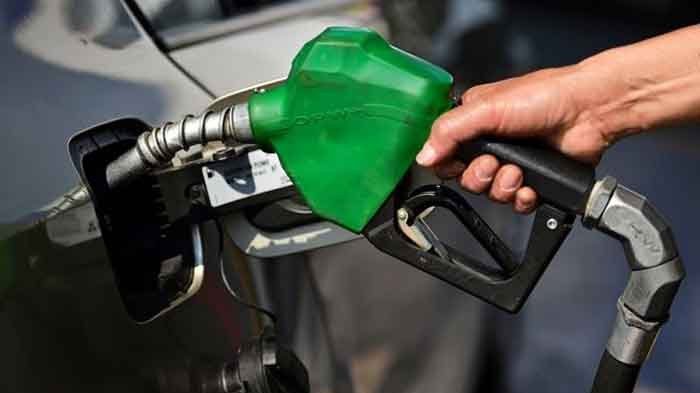The government is poised to pass the benefits of lower international oil prices to consumers by reducing the rates of petrol and high-speed diesel (HSD). In the forthcoming fortnightly review on June 15, petrol prices are anticipated to drop by approximately Rs9 per litre, and HSD by Rs5 per litre.
Recent trends in the international market have seen the price of petrol fall by $3.75 per barrel and HSD by $2.7 per barrel over the past two weeks. This decrease follows a significant decline in the previous two fortnights, where petrol and HSD prices fell by $12 and $8 per barrel, respectively. Currently, petrol prices hover slightly above $90 per barrel, down from around $94 per barrel, while HSD prices have decreased to $95 from $98 per barrel.
The import premium on petrol has seen a marginal reduction in the last fortnight, dipping to $9.50 per barrel from $9.70. Concurrently, the value of the rupee has remained stable, supporting the price adjustments.
Final prices, including the inland freight equalisation margin (IFEM), are projected to reflect the aforementioned reductions, potentially bringing petrol prices down by Rs9 per litre and HSD by Rs5 per litre. These prices will also factor in the Petroleum Development Levy (PDL), which the government has maximised at Rs80 per litre for both petrol and HSD, contributing significantly to government revenues.
In the first nine months of the fiscal year ending March 31, the PDL has added Rs720 billion to the government’s coffers. The government had initially targeted Rs869 billion in PDL collections for the fiscal year, but this target has since been revised to Rs960 billion under commitments made to the International Monetary Fund.
Currently, the government imposes a tax of approximately Rs80 per litre on both petrol and HSD, which includes about Rs19-20 per litre in customs duty. Notably, there is no general sales tax on any petroleum products.
Petrol and HSD are critical to the government’s revenue, with monthly sales of 700,000 to 800,000 tonnes, compared to the significantly lower monthly demand for kerosene, which stands at around 10,000 tonnes. The prices of these fuels are major drivers of inflation, particularly impacting transportation and agricultural sectors. Petrol is predominantly used in private transport and small vehicles, affecting the budgets of the middle and lower-middle classes directly. In contrast, HSD is essential for heavy transport, agricultural machinery, and public transport, influencing the prices of essential goods like vegetables and other eatables due to its widespread use in logistics and farming equipment.
